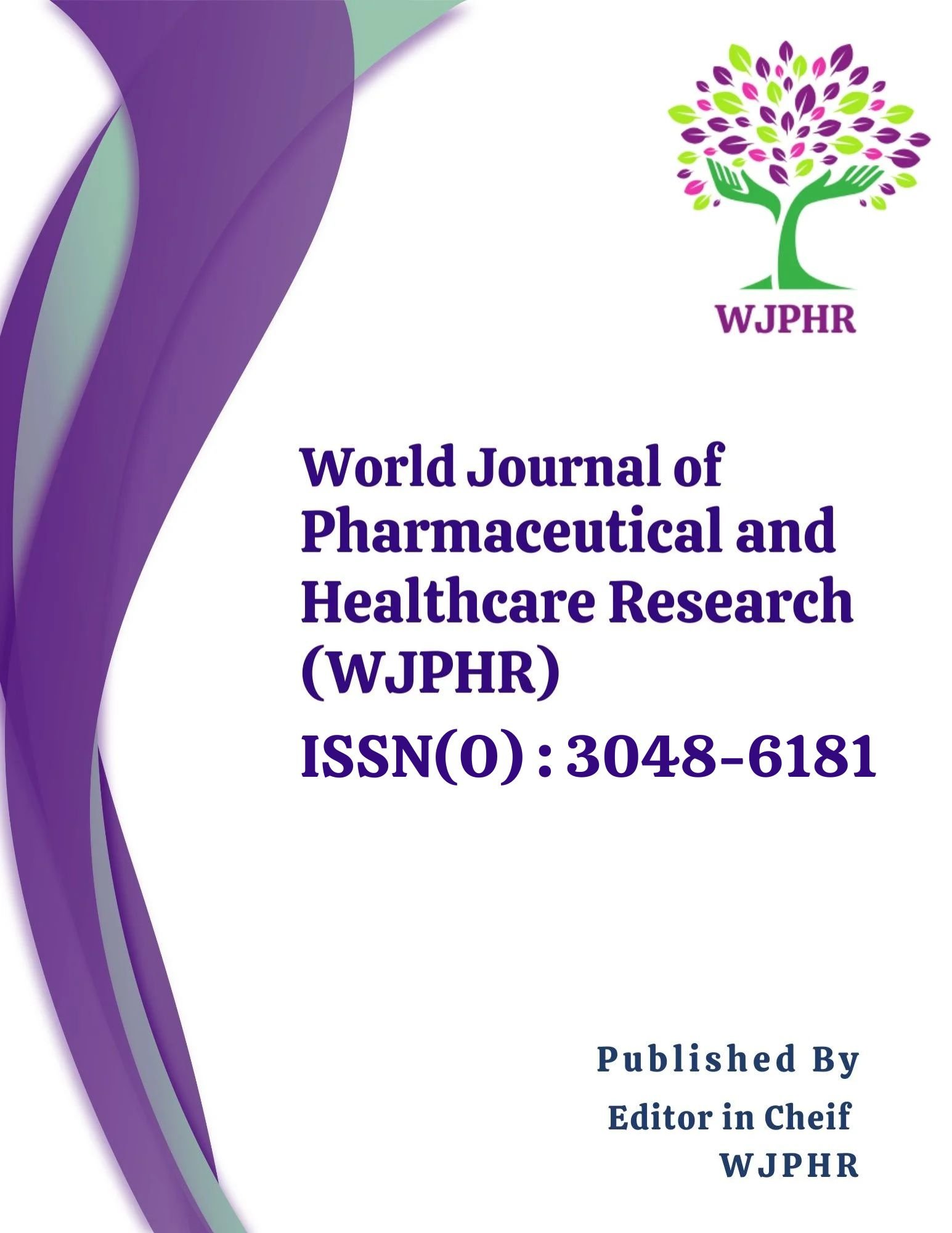DOI:
VOLUME 1 – OCTOBER ISSUE 3
Ezegbe Chekwube Andrew*, Anikwe Celestine Chidera, Ezegbe Amarachi Grace*, Mba Valentine Maduabuchi,
Odo Kenechi Benjamin, Okafor Nnedimma Pauline, Onyishi Doris Chiagozie, Anyoha Cross-Raphael
Chukwuebuka, Ugorji Anita Chidera, Nwodo Adanne Judith, Aniagwu Ifunanya Sheila, Onunkwo Chukwunwike
Godswill.
ABSTRACT
Introduction: Microspheres can be defined as a matrix system that allows the drugto be homogenously dispersed, dissolved or suspended. Aim: Development and invitro evaluation of ibuprofen floating microspheres. Methods: The microsphereswere formulated using inotropic gelation method. A homogenous polymer solutionwas prepared by dissolving sodium alginate (1 g) and the polymers (1 g each) in 32ml of distilled water. The drug was added to the polymer solution and stirredcontinuously to form a viscous dispersion. A 10 % w/v Cacl2 solution was preparedand used as a cross–linking agent. The dispersion was added drop wise for 15minutes for the curing reaction to take place. The spheres obtained were thenwashed and dried at 45 oC for 12 hours. Results: The percentage yield of theformulations ranged from 72.00 % ± 1.41 to 85.50 % ± 3.54. The angle of reposeranged from 3.49o ± 0.04 to 9.49o ± 0.31, while the bulk density ranged from 0.60g/ml ± 0.00 to 0.41 g/ml ± 0.00. The Carr’s index ranged from 13.04 % ± 0.04 to14.50 % ± 0.35. The swelling index ranged from 65.50 % ± 0.35 to 85.00 % ± 0.71.The in vitro drug release showed that formulation F-5 gave the least release at 28.80% ± 0.85 after 4 hours without a significant difference (p < 0>idea of formulating floating microspheres containing ibuprofen gave a suitablepractical approach that achieved a prolonged therapeutic effect by releasing theactive drug over an extended period of time.
Keywords:
Ibuprofen, Ionic gelation, Microspheres, Gastrointestinal infection
